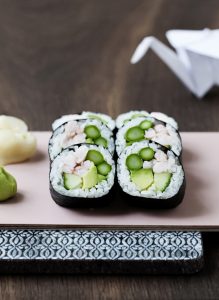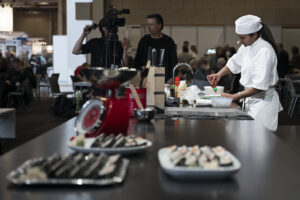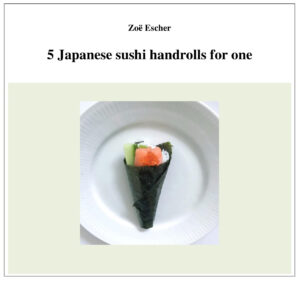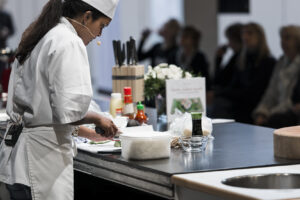
Sushi rice is the heart of any good sushi, and the art of cooking it perfectly can be the difference between mediocre and great sushi. Sushi rice that is cooked to perfection is characterized by,
Sushi rice should be sticky, but each individual rice should still be intact. They should not be too soft or too hard.
In addition to the natural taste of the rice, rice vinegar is added in the right amount. Neither too much nor too little rice vinegar should be mixed, as this will affect the taste of the freshly made sushi pieces.
Perfect sushi rice has room temperature. Too hot or cold rice spoils the experience and affects the taste and texture of the fish.
Sushi rice cooked to perfection and mixed with rice vinegar has a slight sheen, not a dull surface.
On the Sushi course for beginners you will learn how Japanese sushi chefs cook sushi rice to perfection. Of course, you will also learn how to make tasty sushi.
Read a lot more about Sushi course for beginners
_
Zoë has held sushi courses and cooking classes for A. P. Moller – Maersk, Hugo Boss Nordic, Novo Nordisk, Novartis, Velux, Gorrissen Federspiel, Beierholm revision, Elbek & Vejrup and many more.







